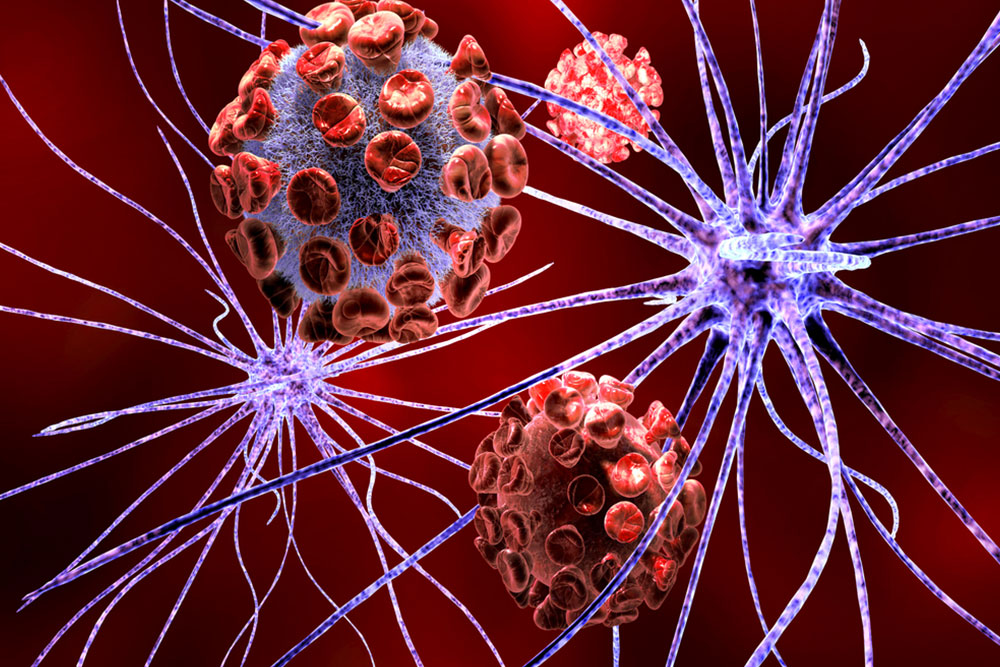
Early Warning Signs and Symptoms of Spinal Muscular Atrophy
Spinal muscular atrophy, also known as (SMA), usually impacts small children and babies making it challenging to use their muscles. There is a breakdown of the spinal cord and brain nerve cells when a child has been impacted by SMA which prevents the brain from sending messages that control movements in the muscles. It causes the child’s muscles to shrink weaken, and control their muscles. A child can also lose control of their swallowing and breathing in more serious cases.
SMA is genetic because it is passed down from both parents through their genes, receiving two broken gene copies. The muscle cells begin to die because a particular protein type cannot be produced by the child’s body. A child cannot get SMA by receiving a faulty gene but will become a carrier making it possible to pass the broken gene on to their offspring in the future. SMA symptoms vary depending on the following types:
1. SMA type 1
The most severe SMA type is type 1 and is also known as Werdnig Hoffman disease. It may not be possible for the child to sit up or hold their head up without support. They may also have floppy legs and arms or swallowing difficulties. Muscle weakness is the most serious concern as breathing is controlled by the muscles. Unfortunately, most children do not live past the age of 2 years with SMA type 1 because of severe breathing issues. It is important, while the child is battling the disease, to keep in touch with family members, a medical team, and others for emotional support.
2. SMA type 2
Children between the ages of 6 and 18 months of age are usually affected by this SMA type after mark motor skills are missed. This type is also referred to as chronic infantile SMA. Symptoms usually affect the legs more severely than they affect the arms and symptoms can be moderate to severe. With SMA type 2, it may be possible for the child to stand, sit, or walk with help.
3. SMA type 3
Also known as Juvenile Spinal Muscular Atrophy or Kugelberg-Welander disease, is the most moderate form and affects children between the ages of 2 and 17 years. The child may have issues climbing staircases, getting themselves up from a chair, or running and usually can walk and stand without assistance. However, they may need a wheelchair later in life.
4. SMA type 4
Those affected with this type of SMA start to receive symptoms as adults. Only the upper area of your legs and arms are affected showing symptoms of breathing issues, muscle weakness, and twitching. With the help of physical therapy an exercise you’ll be able to continue to move even though you’ll have the symptoms for the rest of your life. This type of SMA affects people differently.
5. SMA type IV
This SMA type usually affects mild motor impairments in adults and is extremely rare.
6. Kennedy’s disease
This type also known as X-linked spinal bulbar muscular atrophy, affects nails only. Muscle atrophy is caused by an x-linked chromosome and usually affects the neck and face and sometimes your legs and arms. Kennedy’s disease it’s unusual because does not present itself until after the age of 30 years unlike other forms of SMA. A gene is sometimes carried by women usually do not display symptoms but can in rare cases. Life expectancy it’s normal with those who are affected by Kennedy disease and usually living normal life spans.



